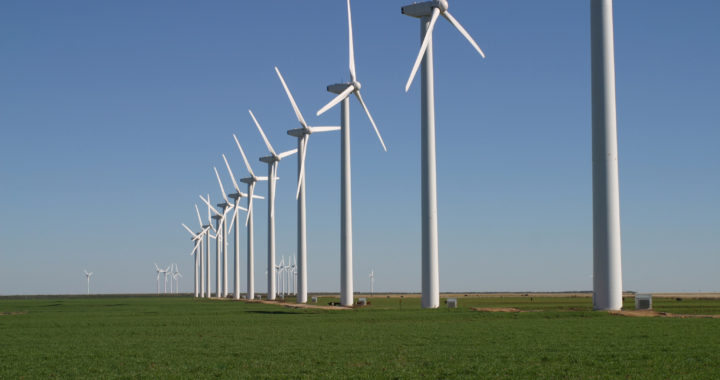Even as the United States’ oil and gas extraction efforts are reaching new levels of production and success in spite of continued controversy over fracking, our neighbor to the South is struggling to keep their industry afloat. Mexican state-owned oil company Pemex is proof that oil and gas isn’t a sure bet when it comes to business.
Pemex Is Failing Hard
In early March, reports began to surface that Pemex was functionally bankrupt. One of the Mexican government’s main sources of revenue, Pemex is also one of the world’s most indebted oil firms; they’re in a financial hole nearly $90 billion deep, and things aren’t looking good for recovery.
In fact, Pemex’s profit and production have been dropping steadily for more than a decade, a decline that’s deprived the Mexican government of billions in revenue for the last two years. This is a big deal in Mexico, where Pemex is a major source of federal income.
In other words, it’s largely true that as Pemex goes, so goes the fate of Mexico.
The Contradicting Actions of the Trump Administration
Anyone who’s been paying attention to the world in the last few months will probably be aware that Donald Trump is currently working with United States federal agencies to stymie illegal immigration by building a wall along the southern border of the US.
This dogged pursuit of a border wall has drawn divisive reactions from the oil and gas industry. Leaders claim that solid international relationships are increasingly important to future success. Paradoxically, though, the Trump administration’s recent actions have had little to no impact on our country’s business relationships with Mexico.
Why? Because Mexico needs us.
The Mexican Oil and Gas Dilemma
The reason that Trump and his team have been able to operate with such impunity is simple. Mexico’s oil and gas industry is wholly dependent on a good relationship with the United States. Regardless of our social stance on the country, Mexico simply needs our oil and gas products.
In recent years, Mexico has made a huge infrastructure switch, converting their factories, companies, and homes from diesel fuel and other petroleum to natural gas. As a result, Mexico has had to resort to importing about 60 percent of their natural gas from the United States. In the last seven years, the import rate of natural gas from the US to Mexico has risen by 300 percent, and it’s expected to go even higher by 2020.
That being said, the increased dependence on US oil and gas has spurred several conversations among “government and industry circles, [who] are discussing alternatives, whether gas can be brought from other regions. It’s a very important discussion to keep having, now that trade between the two countries is being re-examined.”
Mexico’s Surprising Oil and Gas Leverage
So, Pemex is broke, and Mexico is currently very reliant on the United States to feed its energy needs. In other words, it would seem that the United States is firmly in a position to control the future of Mexico’s oil and gas industry (and, by extension, the future of Mexico itself).
Yet, the faint threat of Mexico’s withdrawal from a business relationship with the United States is enough to send ripples of concern through the United States’ oil and gas industry. Not only is a lot of the United States’ capital invested in selling natural gas to Mexico, a lot of potential profit is still to be made within the country.
On March 23, Italian oil company Eni discovered what they termed a “meaningful” volume of oil. According to specialists, the potential volume of oil is more than was originally estimated by Pemex.
As Mexico’s current primary partner in oil and gas extraction and supply, the United States could make a lot of money in Mexico, provided we maintain a relationship that inclines their government to keep doing business with us. The United States may be right next door, but there are still other countries happy to cross the pond and do business with Mexico.





